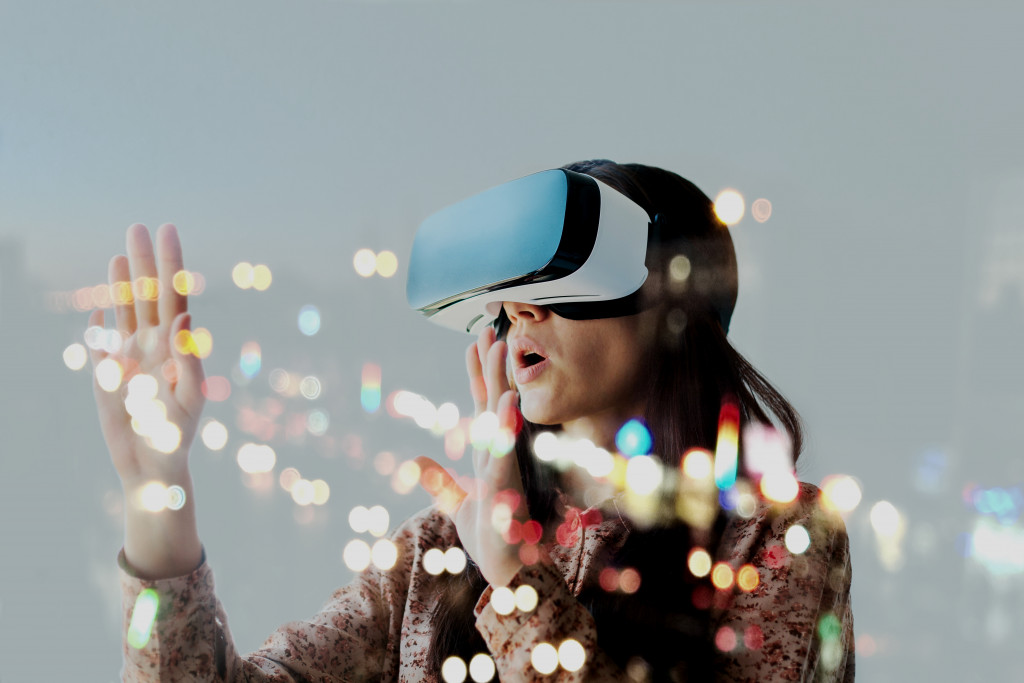Virtual reality is a type of computer technology that can simulate specific experiences. If you look at its meaning at first glance, you would think that it’s inapplicable in business. It seems to be something more in the realm of entertainment. However, VR has many practical uses in businesses. This is why many industries, not just entertainment, spend their money on VR, making it a multi-billion dollar market.
VR tech is something that has been passed around from industry to industry. Finding its roots in the gaming industry a few years back, VR has made its way to other industries, such as the retail and healthcare sectors. One of its appeals is its ability to engage consumers with the business’ products.
Consumer Engagement
Consumer engagement has always been the core objective ever since marketing was invented. Before, many marketers look for ways to engage their consumers but usually come short. But the creation of the internet, images, and videos, consumer engagement has been at an all-time high. Images that provoke feelings and emotions are capable of alluring consumers into individual products, but videos are more effective in retaining consumer engagement with a product. Hence, creating better leads. However, what these two mediums can do is incomparable to what VR can do. Virtual reality can drag consumers into the experience and feel the product entirely.
Many companies, especially those in the automobile and retail, leverage VR to increase consumer engagement like never before. Take IKEA’s Virtual Reality Showroom, for example. The application can create a virtual showroom that can be visited at any time and anywhere. Just bring out your smartphone, download the app, and you can see IKEA’s products displayed as if they were in a physical retail store. Additionally, consumers can choose to see if specific furniture can fit in their current home decor. It’s an interesting take on virtual technology that can help bring the company more leads and eventually convert it to sales.
Applying VR to increase consumer engagement for your company isn’t a daunting task. It’s all about thinking for an experience that can fit your consumers. IKEA’s VR showroom works because it’s something that their consumers would want. Not everyone has the time to visit the retail store, especially during this pandemic, so an application can do that for them. However, this won’t work for entire hardware stores, as there is no point in showcasing products like hammers and nails. There is no appeal to them. Finding a suitable VR experience should be the primary foundation if you want to increase your company’s consumer engagement through VR.

Training and Development
The pandemic brought in many problems for different companies. One of them is the inability to conduct physical learning experiences for their new employees. This might be fine for those that don’t have very technical jobs. However, for those that have specialized jobs, training is a must. But the pandemic makes this impossible to do. So companies looked for other alternatives to training and found the answer in VR.
Many professionals in the field of healthcare have trained using virtual reality. Some astronauts even prepare themselves for their missions through the use of VR. These are very technical fields in nature, and VR has shown that it’s capable of simulating the same experience through its technology. One particular example is Walmart training people how to use its “Pickup Tower.”
Pickup towers are storage devices built by Walmart so consumers can retrieve items like groceries through it. Employees needed to know how to operate the new storage device. Considering that there are thousands of Walmart employees and training each employee would take at least eight hours, Walmart started to look for other alternatives. The company then decided to use VR to train its employees. The VR training taught employees how to operate Pickup Towers and receive immediate feedback if they used it wrong. This cut down the training time from eight hours to fifteen minutes. During the training, the interactivity that employees had matched that of real life, thoroughly preparing them in handling the device.
Many companies have started to see the strength of VR in training and development. Companies like Microsoft and COSM are all making VR a shared reality where employees can train and interact with each other in real-time. This is especially important during this pandemic, where it’s hard to interact with each other physically. Training can be done in the comfort of an employee’s home or a spacious event venue (where protocols are followed) with little to no error because, as explained earlier, VR training can be close to that of the real thing.
Integrating virtual reality into your company can help you grow both your consumer-base and employees. It’s a flexible technology to be used in many different situations, and it’s a kind of technology that will pay for itself in the long run.





